If water is your element, Lake Lohjanjärvi is the place
Article by Kukka Kyrö
A gentle giant lies next to the centre of Lohja, an hour’s drive from Helsinki. Lake Lohjanjärvi is the largest lake in southern Finland. A maze of numerous islands and coves offers places to explore for several days. The lake is the heart of the city of Lohja, and as such, efforts have been taken to ensure accessibility for as many people as possible. If you are a water person, you can hire an accessible fishing boat with a fishing guide or rent a canoe or a kayak or even a paddleboard.
Kayaking adventure on Lake Lohjanjärvi
The air is fresh and soft after rain. I am getting my red kayak ready at the equipment depot of Aquapro Suomi, a few kilometres from the centre of Lohja. I fix the kayaking route map to the net on top of my kayak, and secure a water bottle next to it. It is Saturday morning. The city is still sleeping while I get inside the kayak, put the spray deck in place and set off to the lake. My kayak glides effortlessly on the dark water. Even the lake seems to be still asleep, hardly managing to make even small waves. Following the shoreline, I paddle towards the city centre, admiring how green the beach vegetation is now in May.
Nature of the shores and islands of Lake Lohjanjärvi is marvellous. Temperate climate and calcareous soil make the plants grow exceptionally well and versatile. For example, different species of orchids and hardwood trees thrive here. The largest island of the lake is Lohjansaari, the home of the famous Oak of Paavola, which has deservedly received a title “The most beautiful tree in Finland”.
After paddling for a few kilometres, I land ashore the Hevossaari Island, on a small sheltered cove. There’s a lean-to, and a strange birch tree, also leaning over the water. The cove has a shallow, sandy bottom, which makes coming ashore easy even for an inexperienced paddler.
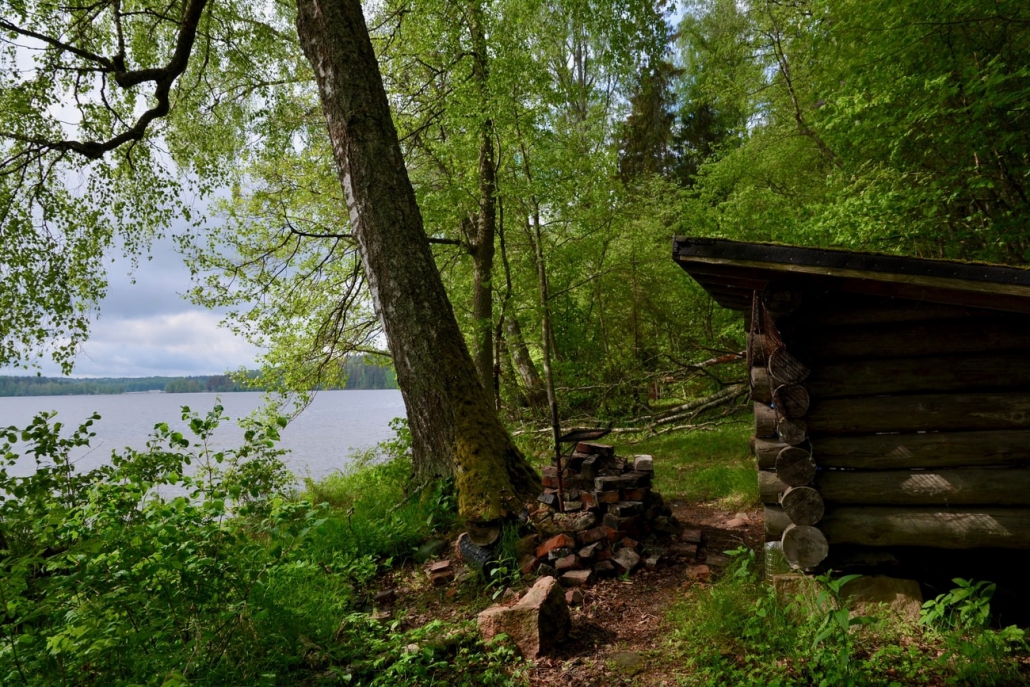
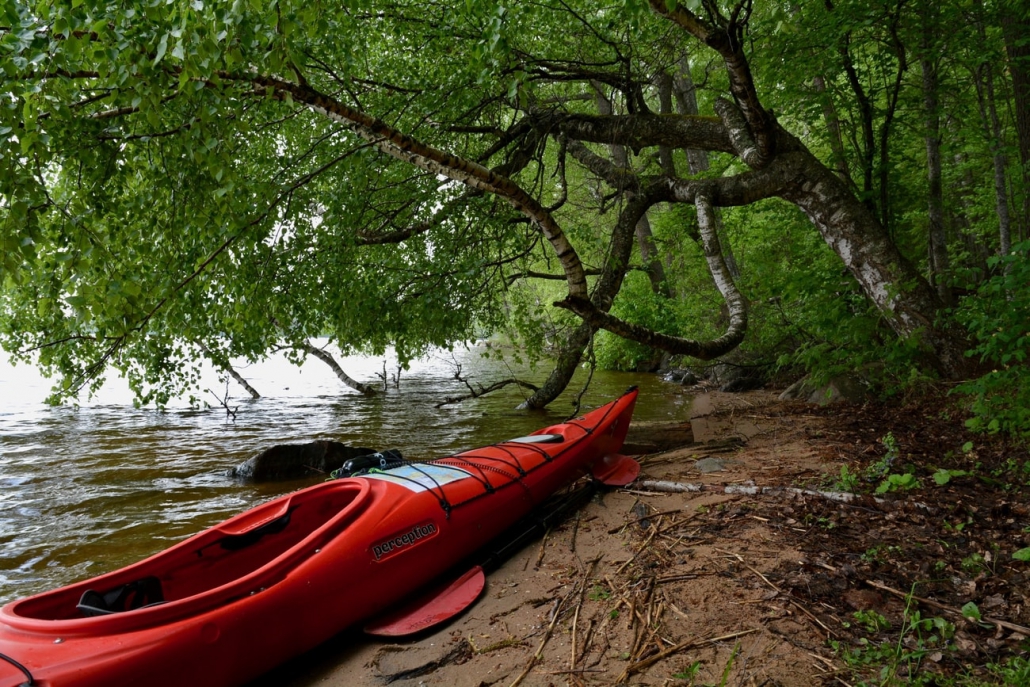
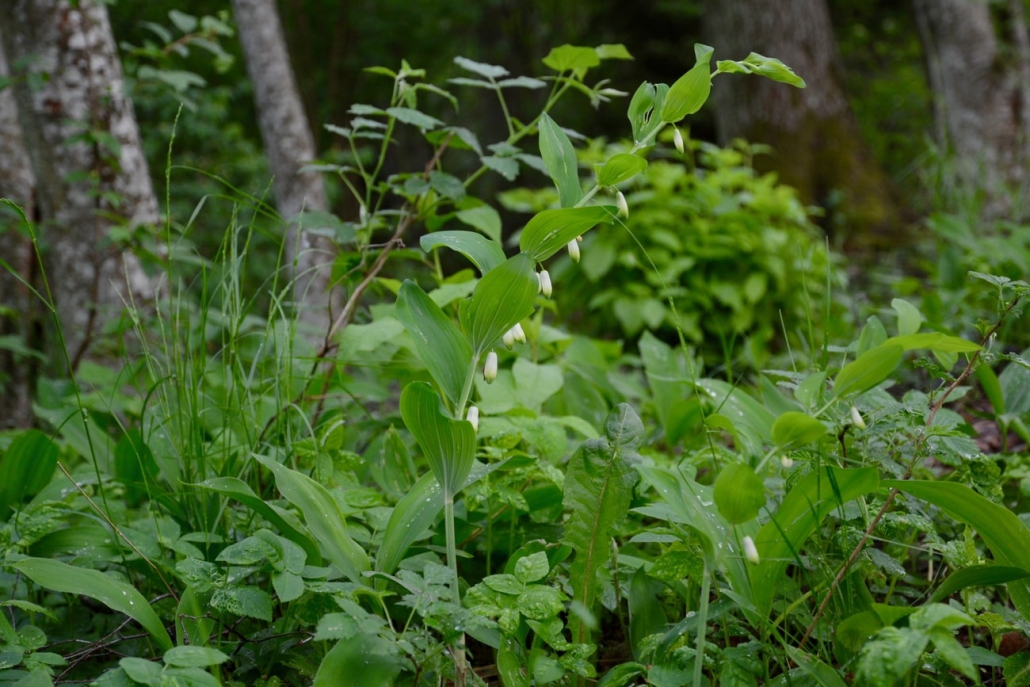
I am soaking my feet in the cool water. The water glimmers invitingly in the rays of sun shining through the clouds. Too bad that I didn’t take my swimming suit with me. It would have been so nice to go for a little swim.
Lake Lohjanjärvi is a large and reasonably deep lake, so it warms up slowly. However, by July at the latest, it will be crowded by swimmers. Although the water in the lake is dark due to humus, it is still clean and safe to swim. However, sometimes in the summer, there might be blue-green algae (cyanobacteria) in the water. Then it’s not advisable to go swimming, because some of the cyanobacteria are toxic. If you are unsure if it’s safe to go in the water, please ask Lohja travel service centre.
From the Hevossaari island, my journey continues along an inlet called Ämmänperse which roughly translates as “Old Woman’s Arse”. What a name! For some bizarre reason, Finns have given many places names which will not be printable here. Cane-grass around my kayak is high. As I paddle along the passage, a single mallard appears beside my kayak, guiding me away from its territory.
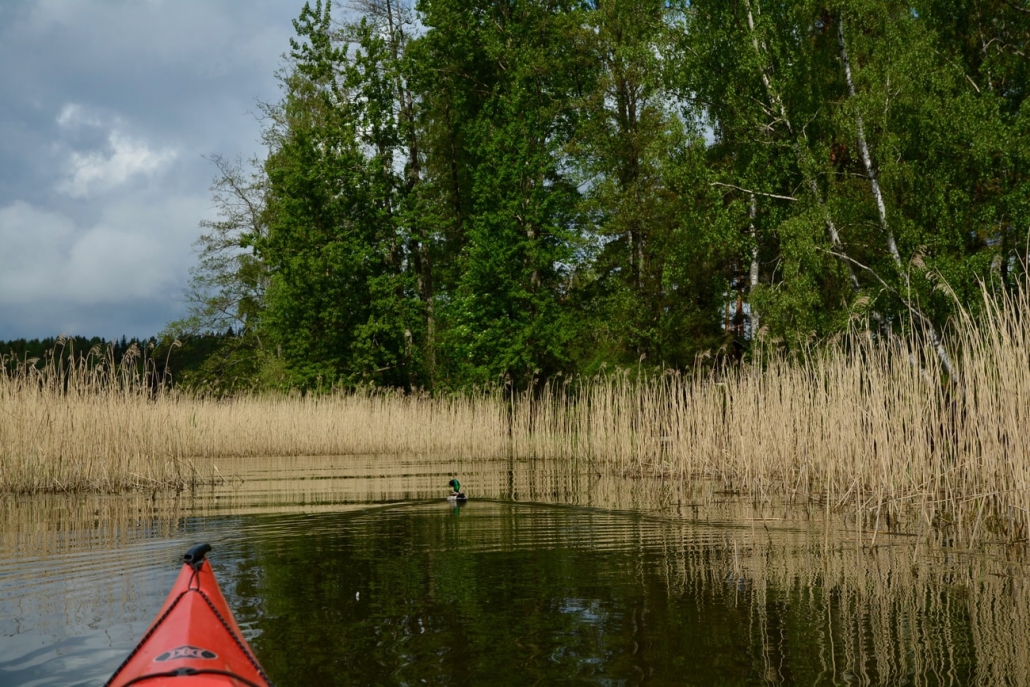
In the early summer, nature of the lake is especially sensitive. Birds are starting to nest, and some of the fastest ones already have their hatchlings. Nesting places should be left alone completely at this time of the year. When you are planning to go ashore, try to use places that are intended for campers and have a campfire site, trails and an outdoor toilet, if possible. Nature likes it.
Finland has unique so-called everyman’s rights. They ensure that everyone can enjoy nature, but in addition to the rights, the hiker also has obligations to cause no harm to animals, plants and nature in general.
My next stage is the Kaurassaari Island about 1 kilometre away from here. It also has a lean-to which paddlers and such can use. The lean-tos of Hevossaari and Kaurassaari Islands are owned by the city of Lohja. They have campfire sites for which the city delivers firewood for the summer. Making fire is allowed only at these designated sites, and if the forest fire warning is in effect, you can’t make a fire even at these sites.
Making coffee in a pot and roasting sausages by the fire are age-old camping traditions for Finns. Some believe that it’s not camping if there’s no fire. If you want to ensure that you’ll be able to make a fire, consider bringing your own firewood, because at popular campfire sites the firewood sometimes runs out. Please note that you can’t take any kind of fallen trees to make a fire. Although it might seem logical that there’s no harm taking dead wood, dead wood still has an important role in maintaining biodiversity: many rare species in the forest are totally dependent on rotten and decaying wood.
My trip continues with a little stroll in the vicinity of the lean-to in Kaurassaari Island. Old spruce trees creak in the wind, when I walk to the western beach of the island. There, the mighty Lake Lohjanjärvi opens up. So far, the islands have sheltered me from the winds as I have paddled on my route, and my kayak has faced only moderate waves. Now, I can see whitecaps rise everywhere on the vast open section of the lake called Isoselkä.
As the name suggests, Isoselkä is the largest open water of Lake Lohjanjärvi. On Isoselkä, lies the deepest point in the lake. Called a cryptodepression, the deepest point is 23 metres below sea level, all the way to a depth of 55 metres. For a lake, that kind of depth is admirable. I wonder what kinds of fish lurk beneath the waves. Are the biggest fish there, in the deep dark of Isoselkä?
In Lake Lohjanjärvi, there are over 30 species of fish. Especially sander – or pike-perch – is a coveted fish for many fishers, but also perch and pike are common. The biggest sander caught from the lake so far holds a story that seems pretty far-fetched, but it’s true. The sander was about 15 years old, a little over 1 metre long and weighed about 12 kilograms when it met its match in the form of a fishing boat. The boat collided with the fish, and the collision was so hard that the fishermen thought they’d hit a sunken log. The event has been documented for example in a Finnish daily newspaper Ilta-Sanomat.
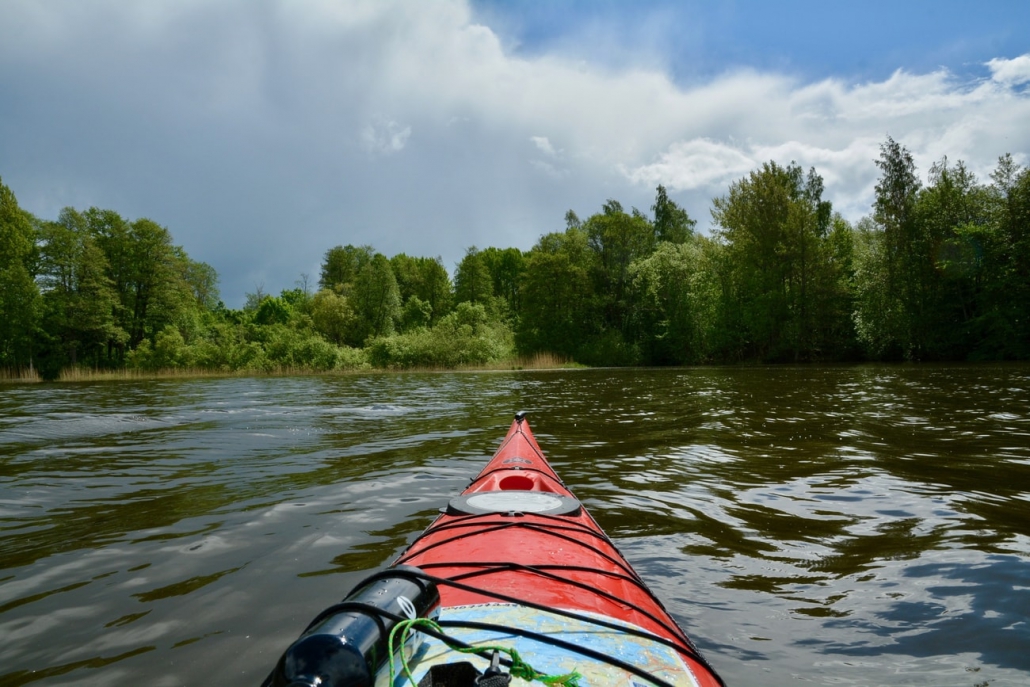
As I gaze towards Isoselkä, I see dark clouds building up. Rain is coming, so I get back to the lean-to to eat my lunch and start packing up my kayak. Wind is picking up, and the rain clouds are looming ever closer, so I decide to turn my kayak back towards the place where I started from.
Dark clouds follow me as I paddle briskly back. Ripples swell up to bigger waves, but I am glad that the wind is blowing from behind, giving me much needed assistance. The sky is almost black and blue when I arrive. First drops of rain fall on me as I pull my kayak ashore. As soon as I have started driving back home, it begins to pour. Nature gives me another demonstration of its strength. First, peaceful and serene as ever, and now – completely different.
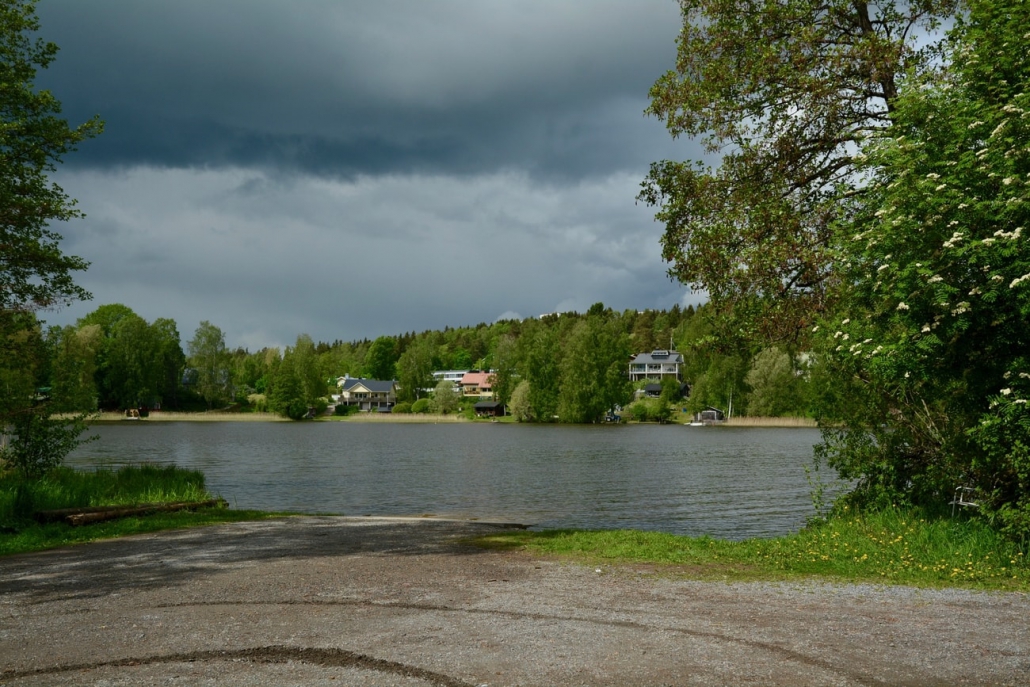
Tips to experience Lake Lohjanjärvi by water
Canoe and kayak rental: The website is mainly in Finnish, but they also provide service in English. The equipment depot is located a few kilometres away from the Lohja bus station.
Fishing trips: TheraFish. They arrange trips for first-timers and more advanced fishers as well. The Day offline trip takes you fishing on the lake and hiking in the coastal forests. TheraFish is specialized in arranging accessible fishing trips, and they have seats for wheelchair users on the boat.
Stand-up paddleboard rental: Cafe Aurlahti, located by the Lohja city centre. For a more “uplifting” experience, try the flyboard!
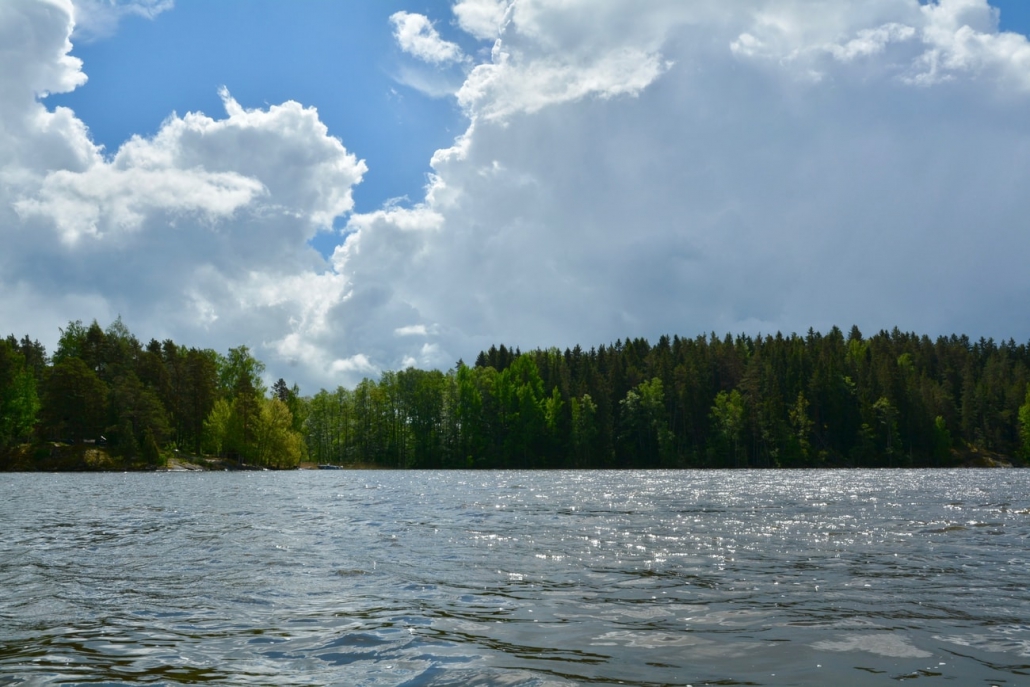
Translation from Finnish: Mikko Lemmetti

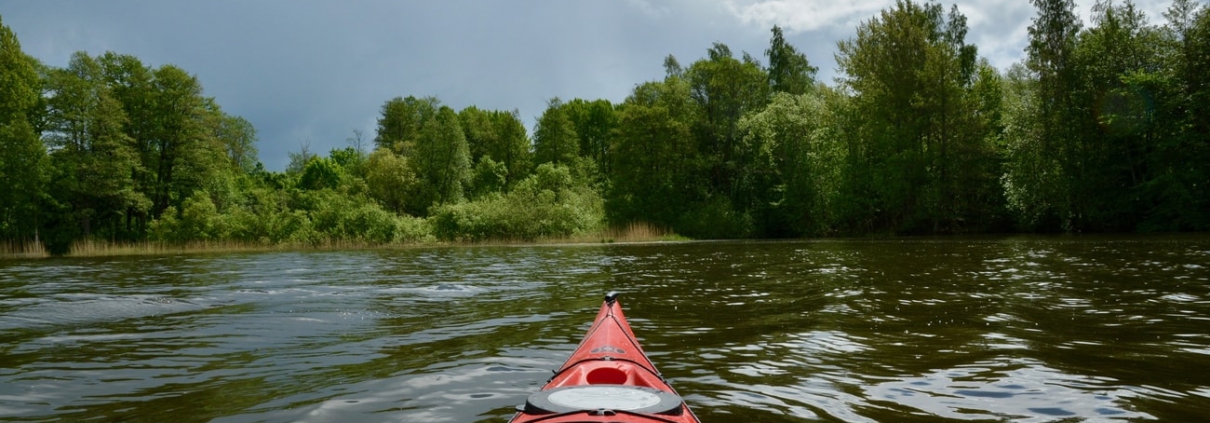
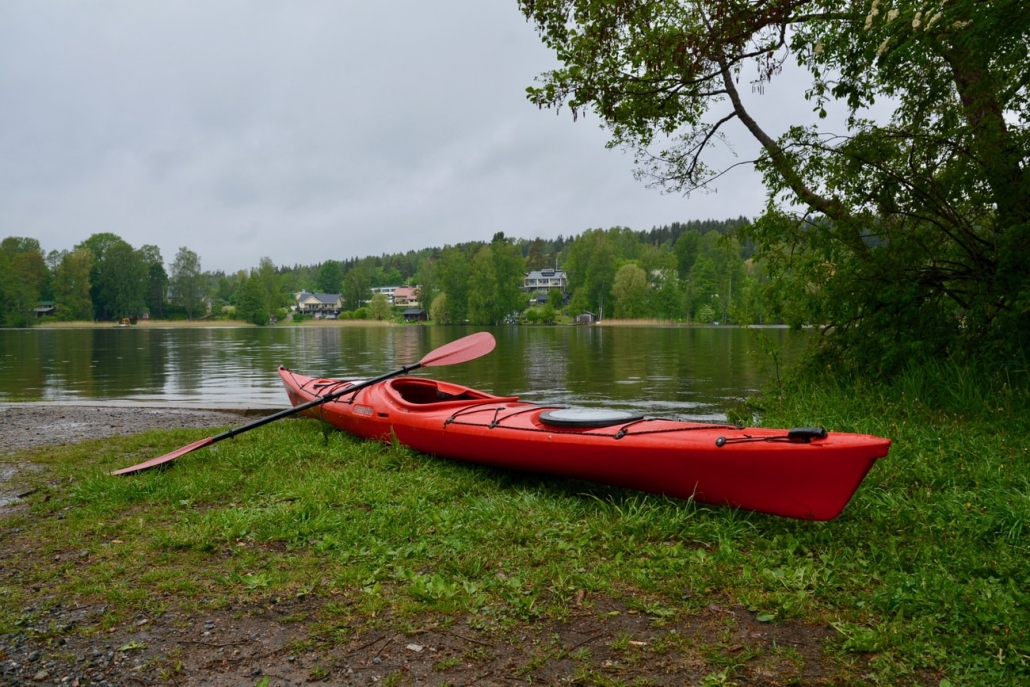
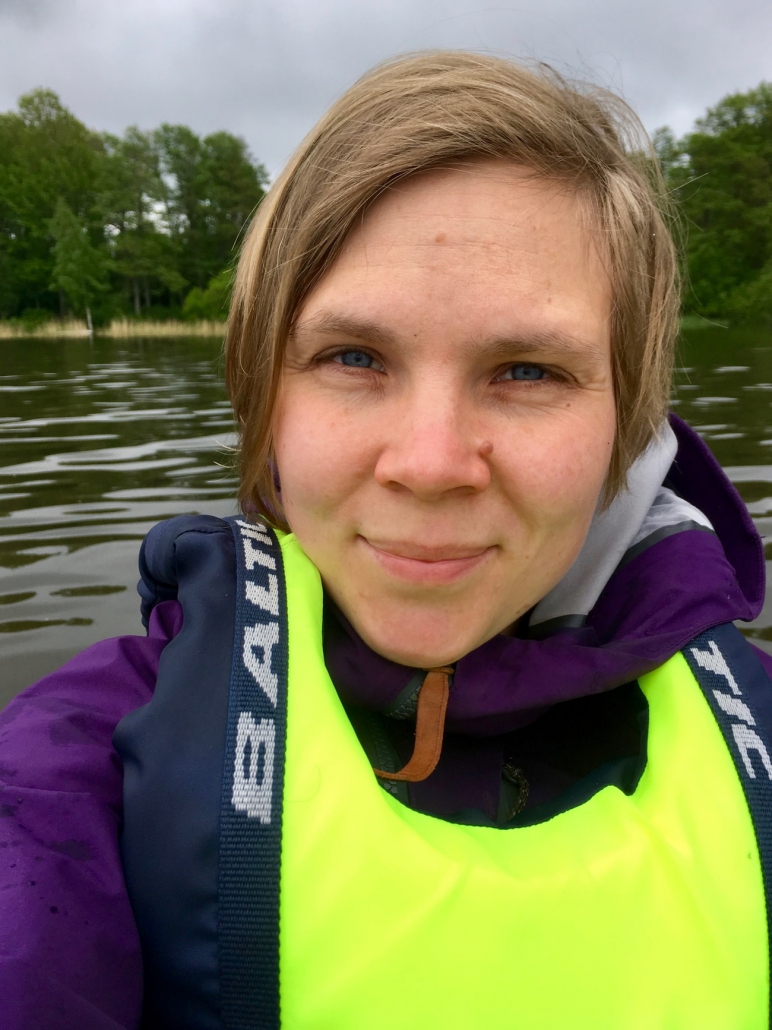






Leave a Reply
Want to join the discussion?Feel free to contribute!